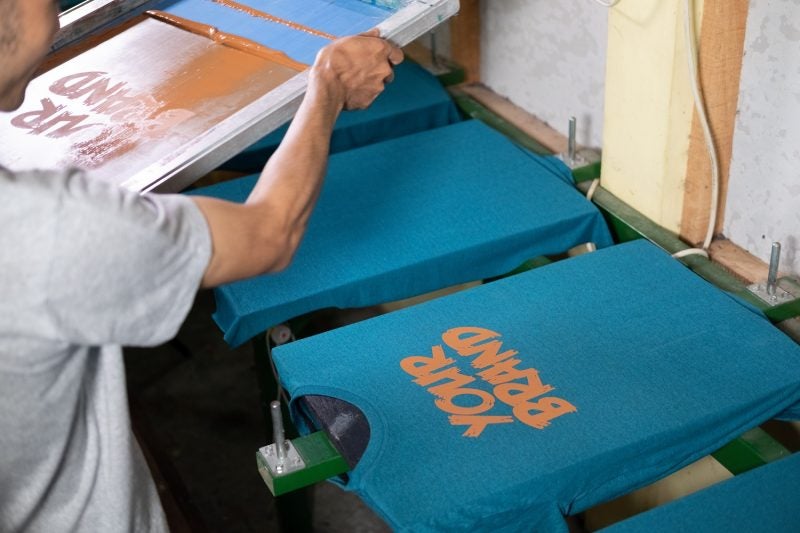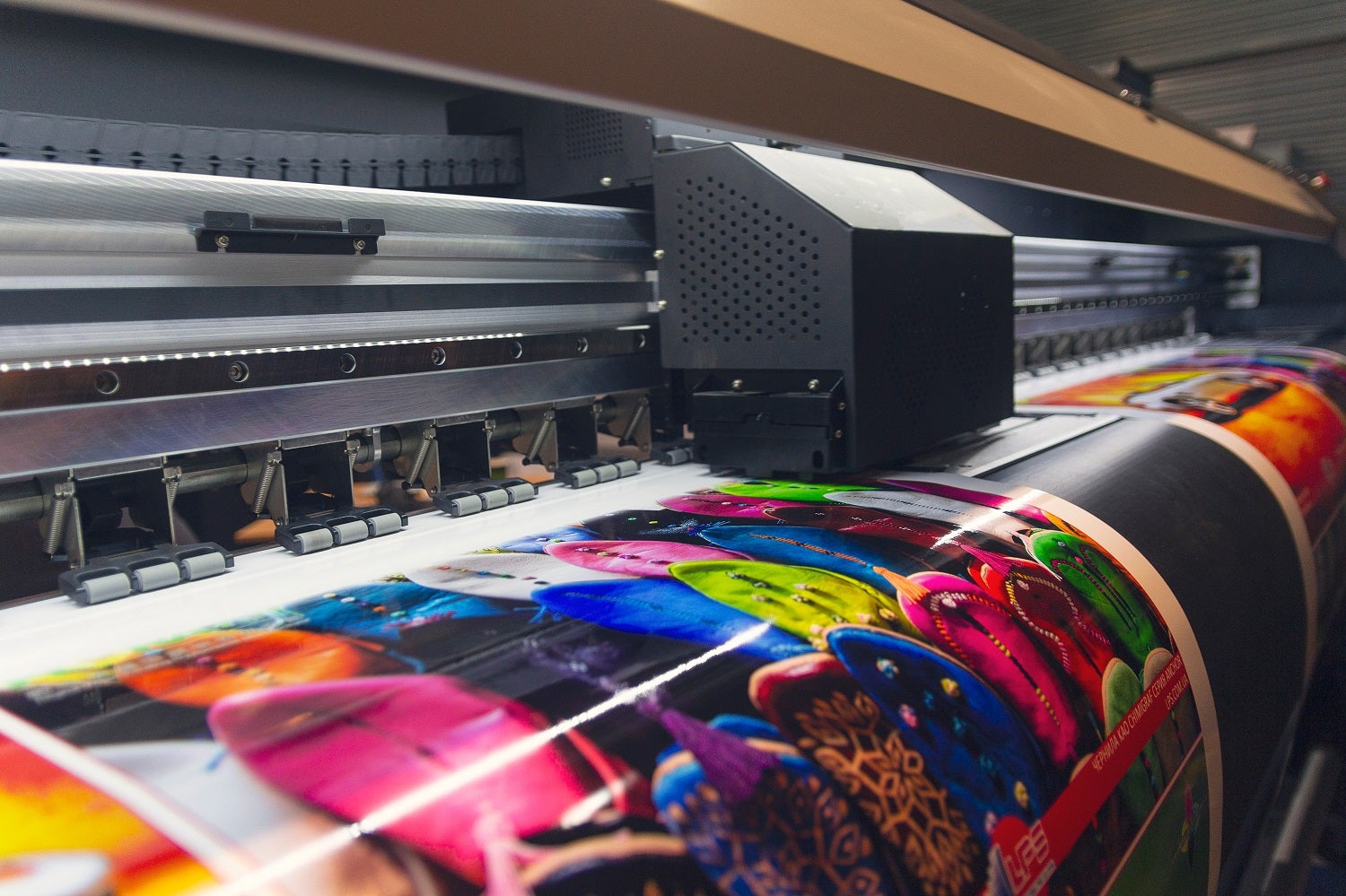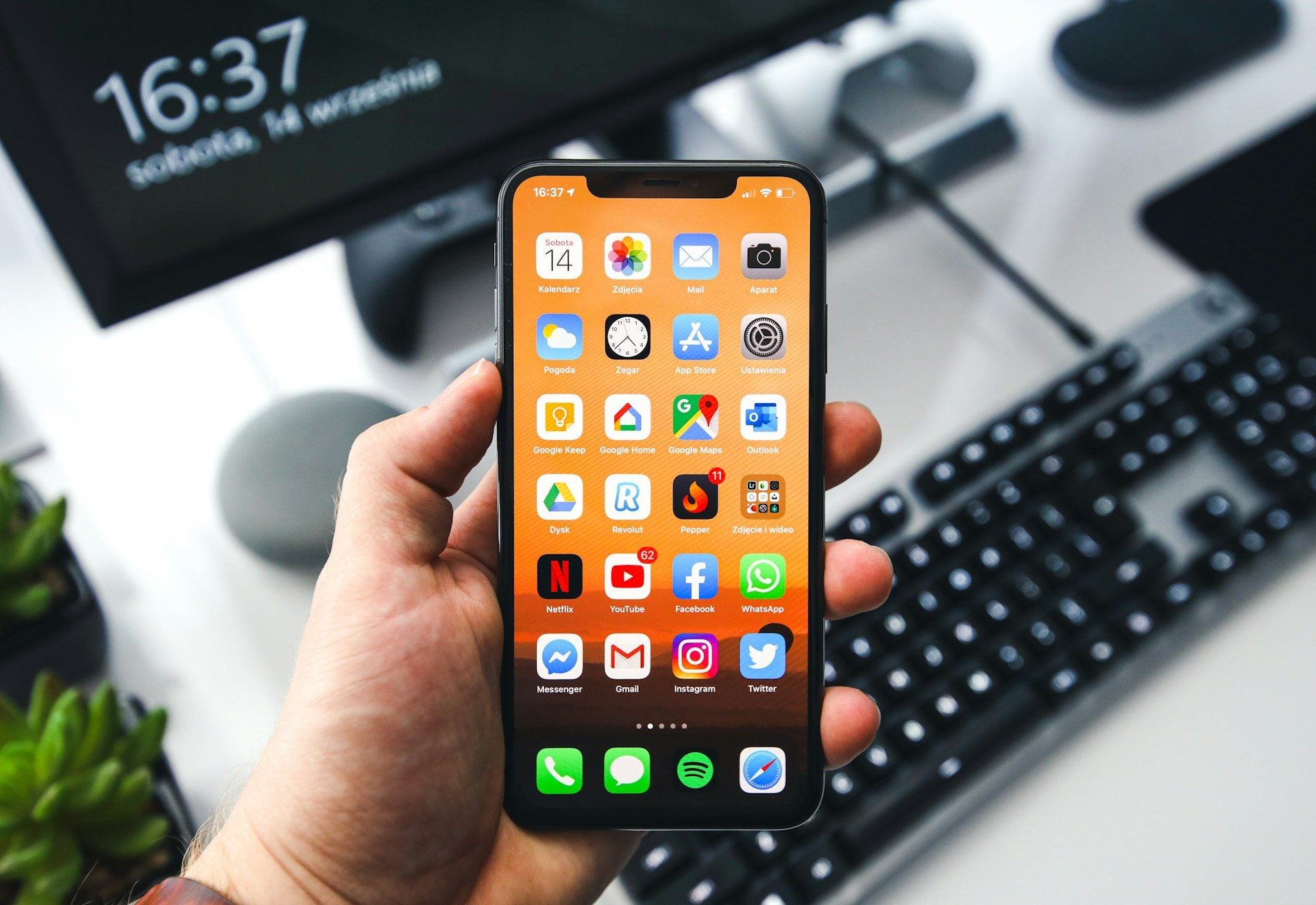Custom-made shirts are used for various purposes and occasions because of their visual quality, flexibility, and functional value. Personalized shirts are visually attractive because of the designs, logos, or messages they carry. They’re also flexible because anyone can wear them in many ways or situations. Hence, when thinking about creating personalized items, t-shirts are often the first item on the list.
Two standard design solutions are available for those who want to make customized shirts. These solutions are screen printing and digital printing. Both offer various benefits to the customer, although one may have qualities that would suit a client’s requirement better than the other. Often, the best option depends on the customer’s unique needs and preferences, including volume, project timelines, budget, design, fabric, and color requirements.
If you’d like to know which one is a better design solution for creating custom shirts, continue reading this article.
Screen Printing
Screen printing is a design solution used by printing companies and professionals who customize apparel, accessories, and other items. This technique is employed to place a design, image, logo, message, and other figures of various shapes and colors on a plain T-shirt. Using screen-printing, T-shirts can bear creative and colorful designs made with colorfast materials that resist fading and damage.
Many opt to use screen printing to customize T-shirts instead of other techniques because of its many advantages. You can find some of these in the following section.
Pros Of Screen Printing
Screen printing has been a go-to design solution for those who have high-volume T-shirt printing projects because it benefits customers in various ways, such as:
- High-Quality Design
Screen-printed designs are known for their visual quality. The colors are perfectly captured and are often eye-catching and vibrant. Hence, if you want a shirt that has a strong aesthetic appeal, screen printing is ideal for you.
- Longer-Lasting Color
Two types of ink commonly used to create screen-printed designs are water-based ink and plastisol. Both types of ink are known for their colorfast properties, and the vibrance of the design is expected to last a long time if the shirt is given proper care and usage. Water-based ink prints are ideal for light-colored shirts, while those in darker hues look better with plastisol ink.
- Cheaper Rates For Bulk Orders
Screen printing is a multistep process that requires thorough preparation. Creating the design, transferring it to the mesh screen, applying ink on the shirt, and letting the ink cure take hours of intensive labor. Thus, this technique is recommended by companies that perform screen printing & embroidery in Portland Oregon to customers who have high-volume orders. Because the design will be used several times, the cost-per-item is reduced the more shirts they have printed. Moreover, many printing companies offer discounts for bulk orders, which is why it’s best for customers with high-volume projects to take advantage of them.
Many users also find screen-printed custom shirts easy to care for, wash, and maintain. Thus, they’re sought-for items often used as giveaways or promotional merchandise.
If you’re searching for top-notch promotional merchandise suppliers for promotional items, Bulk Branded is the go-to destination. As one of the top suppliers of personalized corporate gifts in the UK, we offer a wide range of products suitable for both businesses and independent professionals.
Although screen printing has numerous benefits, it also has some disadvantages as discussed below.

Cons Of Using Screen Printing
Screen printing also has its share of disadvantages, such as:
- High Costs For Low-Volume Orders
It requires time and effort to create a design on a mesh screen, and one design may need several to create the desired result. Because of this, it won’t be practical to spend money on high initial costs of the design if it would only be used for a few pieces of T-shirt. So, screen printing isn’t ideal for one-off projects or low-volume orders.
- Longer Order Processing Time
While transferring ink to the fabric may only take a few minutes, the ink has to cure entirely before another color can be added to the design. If you have several colors on the design you want on your shirt, you’ll have a longer curing time before it’s completed. Therefore, screen printing one shirt may require a couple of hours, excluding preparation time.
- Limited Colors
Some screen-printing services offer up to seven colors per design, and the color options may not be as many as with other printing methods.
Screen printing is ideal for customers who need bold, vibrant colors on their custom shirts. However, taking the time required for preparation, printing, and curing is essential before placing an order. Besides, the costs may vary depending on the number of items you need to print.
Digital Printing
Digital printing, also known as direct-to-garment (DTG) printing, was recently introduced to the market and is considered a more modern T-shirt design solution. Using this technique, a digital print image created on the computer is directly transferred to the T-shirt via an inkjet or laser jet printer intended for use on fabric. Because the design-making and printing processes are all digital, this technique offers fast results and is generally more cost-effective.
However, while digital printing can help the customer save time and money, it’s not always an ideal solution for customized shirts. Depending on the client’s requirements, this process has its advantages and disadvantages, which should all be considered before starting a project.
To get a better idea, here are the pros and cons of digital printing for custom shirts:
Pros Of Digital Printing
Printing companies specializing in customized apparel usually recommend digital printing to customers with low-volume projects. Specifically, digital printing is generally suitable for those who have one or a few shirts to customize, as this solution is time-efficient and affordable for small orders.
Apart from this, some of the advantages of digital printing include:
- Detailed
Because the design is created and printed using a computer, all the small details and color variations can be captured. For instance, it’s possible to transfer photos to a T-shirt using a digital printer. On the other hand, doing so via screen printing may not deliver the same results.
- Low Cost
Digital printing is more affordable because it takes less effort to create and print designs using a computer and a digital printer. Contrastingly, screen printing requires more complex preparation and labor-intensive procedures. Using this technique can waste time, effort, and resources if you only need a few customized T-shirts. So, opting for digital printing is ideal if you have one-off orders or small-volume projects.
- Fast Turnaround
If you need a quick printing solution for a small-volume order of custom T-shirts, it’s best to go for digital printing. While the time frame may vary depending on the number of shirts to be printed, the type and color of fabric used, the design, and other factors, digital printing is still the fastest way to customize a T-shirt.
- No Changes In Fabric Texture
After digital printing, the design will sit flat on the T-shirt’s surface and not alter the fabric’s texture. Contrary to screen-printed designs, it won’t bulge out and affect the fabric’s smoothness.
Aside from these factors, it’s also easy to avail yourself of digital printing services because many companies offer them nowadays. Thus, it’s an excellent go-to solution if you have an occasional small-volume requirement for customized shirts.
Cons Of Digital Printing
Digital printing also comes with certain disadvantages and isn’t always suitable for some customization requirements. Here are some of the disadvantages of using this technique for creating custom shirts:
- Not Suitable For All Fabrics
Digital printing works best on shirts made with 100% cotton material. Meanwhile, this technique doesn’t work on all types of fabric, particularly when it comes to linen and mixed fabrics. These types of fabric usually require preparation before going into the printer. On the contrary, the colors may appear pale for mixed materials because not all types of printer ink work well with it.
- High Risk Of Fading
Digitally printed garments may fade quickly due to washing and drying. While the design may last for up to 30 to 40 washes before it begins to deteriorate, it’s possible to notice early signs of fading. How fast the colors fade would depend on the quality of the washing process, the cleaning products used, light and heat exposure, and the drying technique employed. Thus, following care instructions and using gentle cleaning products is essential to prevent early fading.
- Digital Printing Ink Doesn’t Come With A White Color Option
As with using a computer printer on paper, the color white isn’t available as an option when custom-printing shirts digitally. Hence, if the design requires using the color white, the desired result may not be achieved if you use digital printing.
- Usually Comes At A Fixed Price
Although it’s possible to find discounted digital printing services, they usually come at a fixed price regardless of the volume of the customer’s order. Compared to screen printing, the cost of designing one shirt isn’t reduced by ordering in bulk, which is why it’s a better option if you have a large-scale T-shirt customization project.
Overall, digital printing is ideal for one-offs or low-volume projects because it’s a more time-saving and cost-effective solution than screen printing. It’s also best if you have a detailed and complex design to transfer to your T-shirts, as digital printing captures minute details. However, you may achieve better vibrance, durability, and flexibility with screen printing. Additionally, screen printing can help you save money if you have a bulk order to complete.
Conclusion
Many clients who have a T-shirt customization project depend on the printing company when selecting between screen printing and digital printing, especially if it’s their first time handling such a project. Doing so is helpful for first-timers as seeking professional advice may help them save time, money, effort, and resources and can also help them achieve the best results.
Furthermore, it’s best to discuss your requirements and preferences in detail so that the printing personnel can make the best recommendations for your project. A customer can sometimes require both screen and digital printing on one material to achieve the desired visual effect and avoid early fading or damage. Therefore, you’ll need to ensure that all your priorities and preferences for the project are discussed.


















